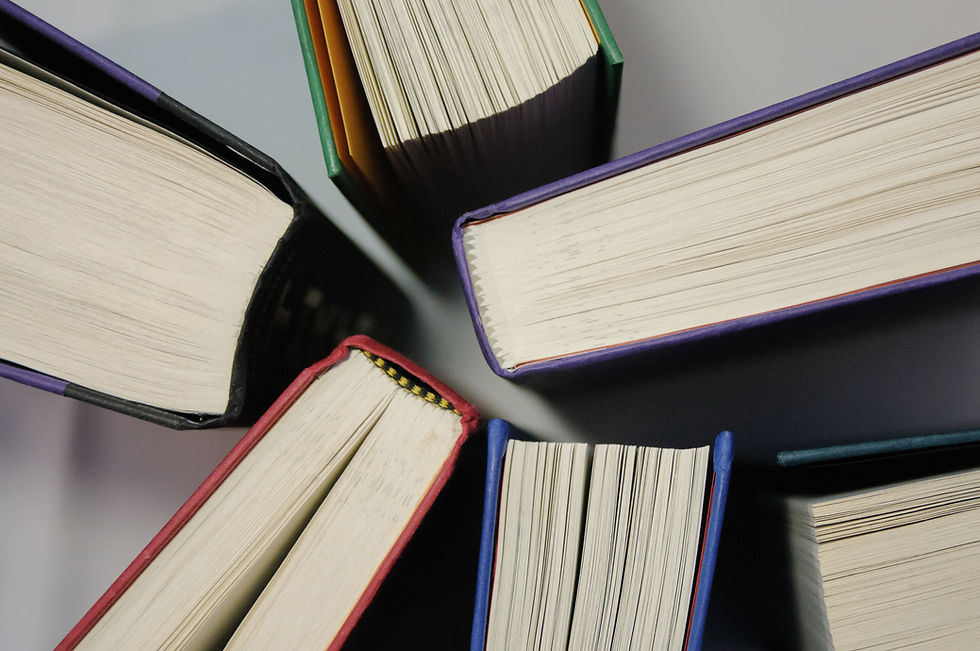How do Pens Work?
- Miriam Wood

- Dec 9, 2020
- 2 min read
Updated: Jan 11, 2021

The first pens were invented by the ancient Egyptians. They were made from reeds or bamboo. These pens were made for writing on papyrus with ink made from mixing ashes or burned oil with water.

The reed style of the pen was copied by Europeans in the 7th century in the form of a quill pen. The best feathers for pens were taken from living swans, turkeys, or geese. The Europeans used iron gall ink which is made from iron salts and tannic acids (derived from plants).

These feathers were dried to remove any oils that would interfere with the movement of ink. Both reed pens and quill pens were made by cutting the end of the material into a nib.
Steel point pens were invented in 1822 by an English man named John Mitchell. They were similar to quill pens, but they were made of metal. This made them much cheaper, as they were made from cheaper materials and could be manufactured easily.

The next revolution in writing occurred because Petrache Poenaru, a Romanian inventor, found using ink wells irritating. The fountain pen was revolutionary because it held the reservoir of ink inside the shaft. Prior to 1827, all pens required regular dipping into ink wells to replenish the ink supply, meaning those pens couldn't hold much ink. The design wasn't perfect however, because ink flow wasn't regulated. This meant that either no ink would come out or too much ink would come out. The fountain pen was revised in 1884 with a system that fixed its major flaw. This change made pens more portable than ever before.

But they weren't portable enough. Fountain pens often flood when taken on airplanes. This became a big problem during WWII. In addition to this pressing problem, these pen designs required India ink, which is very watery. This ink would take forever to dry and smudging was a common problem. The contemporary ball point pen was made by a Hungarian journalist who was all too familiar with smudging. He found a way to use both quick drying ink, which would dry inside a fountain pen, and a ball point. Ballpoints prevent the ink from drying while inside the pen. The ball, which is made of metal, is placed into the socket.

The back of the socket is open to allow ink flow. The socket and ballpoint are then covered by this metal piece.

This system allows the ballpoint to turn and pick up fresh ink while keeping air out of the ink cartridge. I don't know what the next revolution in pen technology will be, but I hope its a result of the need to write with pens in space (ballpoint pens require gravity).
Resources:



Comments